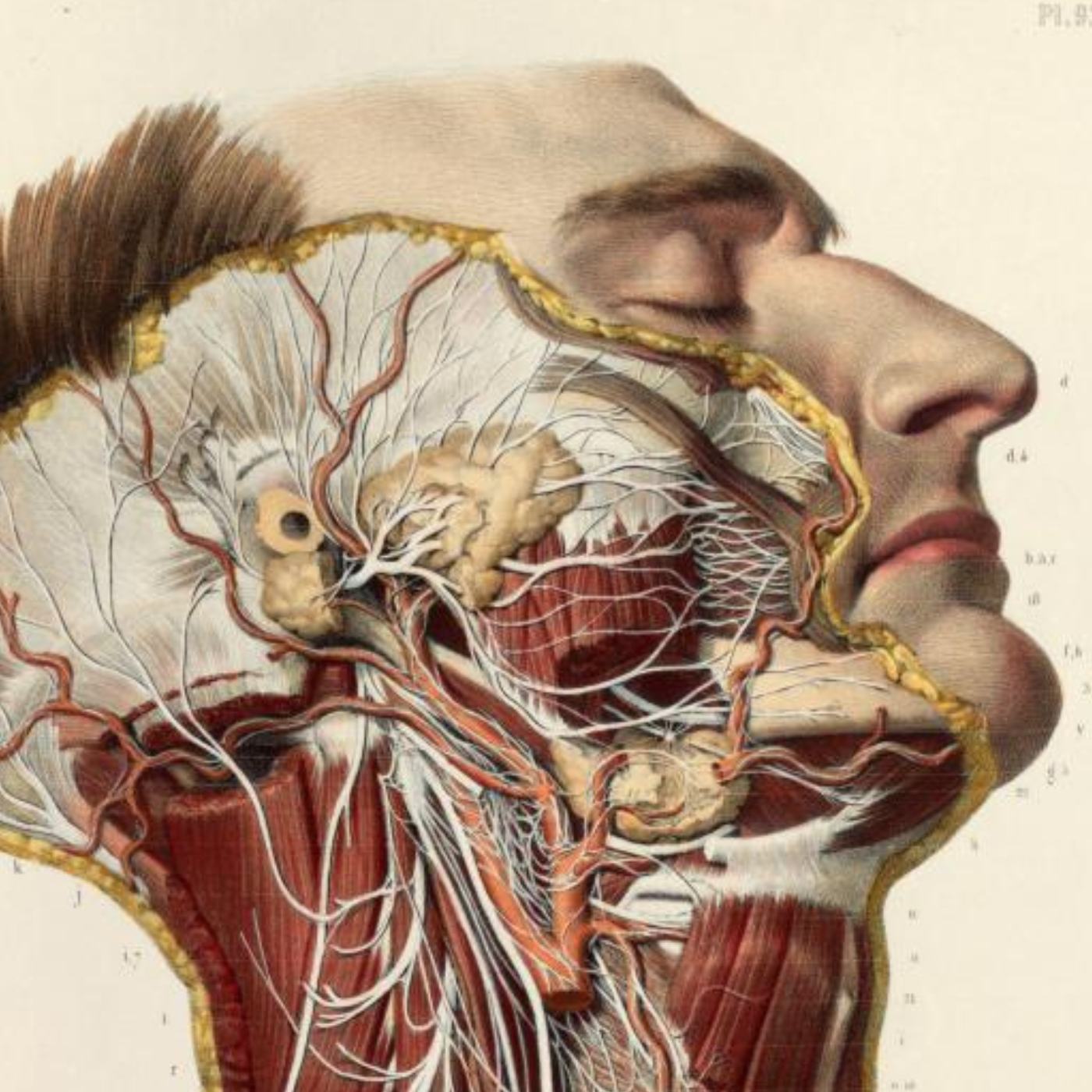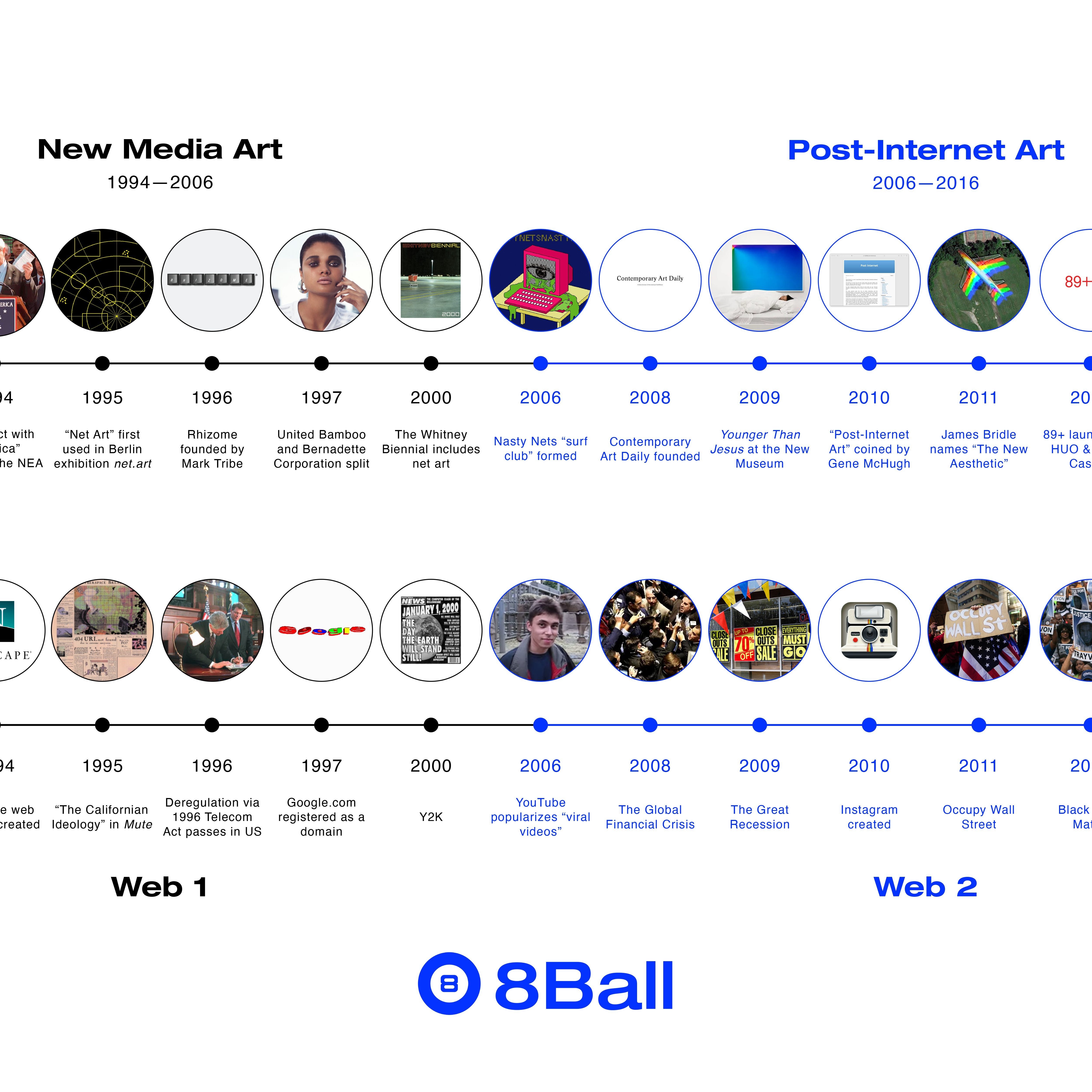- Studio Dirt
- Posts
- An IKEA bookshelf’s third coming
An IKEA bookshelf’s third coming
The third time may not be the charm.

Rachel Davies on the design history and lackluster relaunch of a cult IKEA shelf. This article originally ran in Prune.

In the doorstopper-sized 1985 IKEA catalog, the Guide bookshelf appears early, just nine pages in. The four-shelf unit stands in a spare room that appears more concerned with coolness than with comfort, when compared with other nearby IKEA spreads. There’s a clean white console, a voluminous floor plant, and a Bauhaus exhibition poster off to the left. The Guide was designed by Niels Gammelgaard, with two steel frame pieces perpendicular to four particle board shelves. Since its release 39 years ago, the shelf has experienced multiple rebirths. In 2002, it was reissued as “Enetri.” In recent years, it’s become something of a “status object” among vintage IKEA lovers, serving as the subject of many TikToks, Instagram reels, and blogs. As of February 2025, it’s been reissued by the Swedish furniture giant for a second time. The shelf is now the “Byakorre,” and it’s priced at $149.99.
Gammelgaard’s first of over 50 designs for IKEA was released in 1976. A visit to a shopping cart factory in the early ‘80s inspired a few of the Danish designer's most memorable designs. The first was the Järpen easy chair, released in 1982. Then came the Moment sofa in 1984, the company’s very first flat-packed sofa. The Guide was designed to be paired with the Moment, which was the 1985 catalog’s cover star.
The fact that the Guide’s shelves are held by the two steel frames, rather than encased with a backing board, made the shelf ideal as a flatpack and adds flexibility to the piece. It can easily be used as a room divider for soft separation, a use case that’s shown in the following year’s catalog. Gammelgaard’s color choices make the shelf more versatile, too. The color of the surface laminate varies—one side is white, the other is anthracite grey—allowing customers to choose which side they’d prefer to face up. The rims can be readjusted too. On one side, they’re red, yellow, blue, and green respectively, on the other, they’re all white.

The Guide bookshelf as seen in the 1985 IKEA catalog; Photo courtesy of IKEA Museum.
The Bauhaus poster in that original catalog image was a fitting choice. For one thing, the Guide is an echo of Marcel Breuer’s similarly skeletal Room Divider / Bookshelf. Breuer studied and taught at the Bauhaus from 1920 to 1928, during which time the school narrowed its focus to designing for mass production. This focus on industrial materials and processes resulted in pieces like Breuer’s iconic Wassily and Cesca chairs.
The Bauhaus’s higher purpose for creating goods with industrial materials was ostensibly to offer well-designed goods to the masses. One has to take corporate messaging with a more substantial grain of salt than that of an art school, but still, IKEA too has long communicated its mission of providing aesthetically pleasing furniture at prices that are accessible for the common man.
Gammelgaard himself has said that the populist element of IKEA is what attracted him to working with the company. “It was about producing for the masses without cheating them. It should be cheap but of good quality. It was a democratic project and I loved it,” Gammelgaard, who worked with IKEA from 1975 through 2005, said in a 2022 interview with Politiken. “The driving force was the industrial [side] and mass production.”
It is a great irony, then, that Breuer’s Wassily chairs now go for $3600 new and the secondhand Guide and Enetri prices hover around $1000. (The Cesca was never patented so it’s remained available at relatively affordable prices.)

The relaunched Byakorre; Photo courtesy of IKEA

The inverse side of the relaunched Byakorre; Photo courtesy of IKEA
The launch of the Byakorre, aka the third coming of the Guide, could be seen as a win for the democratic origins of the Swedish company, but it’s also a move that allows IKEA to profit from a design that vintage resellers have been making thousands off of in recent years. And as for the “good quality” element of that democratic aim—well, that hasn’t been IKEA’s strong suit for a while. The infamous lamp commercial, released in 2002 and directed by Spike Jonze, pushes customers to feel better about constantly replacing their home goods, and stands as just one example of the company emphasizing disposability over long term usability. More recently, in 2023, IKEA shared with the Wall Street Journal that they were redesigning many of their most popular pieces with cheaper materials.
Now comes the twist. The Byakorre was officially launched in US stores on February 1, and as of February 4, it’s already been pulled from stores because of poor quality. Five posts expressing disappointment with the furniture piece and the recall have been added to the r/IKEA subreddit. One titled “PSA: Byakorre is horrendous” has over 149 comments in the thread and the piece itself has two stars from 10 reviews on the IKEA website. Reviewers agree that the shelf is extremely wobbly, some stating it will totally collapse if moved, and Redditors describe the materials as “cheap.”
As with any furniture that requires the consumer to partially build it themselves, the quality of a piece is hard to assess without seeing it firsthand. The faults could partially be due to user error in the construction process, or unclear instructions could be to blame. For now, though, it looks like you’re better off saving up for the Guide or Enteri. Or you can try waiting for a Facebook Marketplace seller who doesn’t know that some people are willing to pay $1000 for IKEA now.

CATCH UP ON DIRT
|

